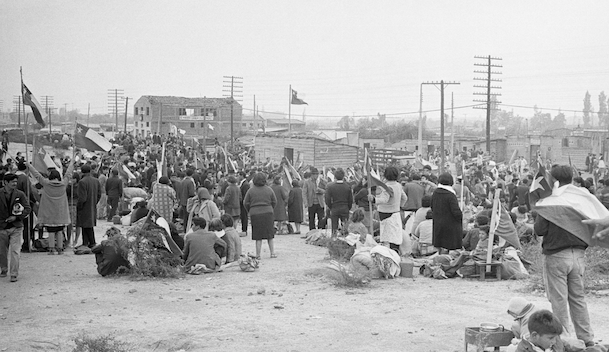How Santiago Tackled Its Housing Crisis In The 1960s
Neruda Reburied At Isla Negra
26 Apr 2016ALMA Peers Into Space From Chile’s Mountains
29 May 2016
In 1965, Chile launched a bold new policy which became infamous for officials’ use of white chalk to mark out plots of land for Santiago’s poorest families. Half a century on, did it really help those in need – or simply deepen social divisions?
By Gideon Long
Castor Castro was 14 years old when his family moved to La Faena, a residential project in east Santiago, in 1967. “There was nothing here, just bare earth,” Castro recalls, sitting in the house his parents built back then. “Each family was given a plot, and they had to get on with it and build. There was no electricity supply and no plumbing – just land.”
Despite this rudimentary introduction to La Faena, Castor and his family were, in many ways, lucky. They were beneficiaries of “Operación Sitio” (Operation Site), a bold housing policy rolled out by the Chilean state in the late 1960s.
Up until then, Chilean governments had tackled the country’s housing shortfall through conventional methods; they built low-rise, concrete residential blocks for scores of families. But this wasn’t enough to meet the demand, and Chile’s poorest simply could not afford them.




